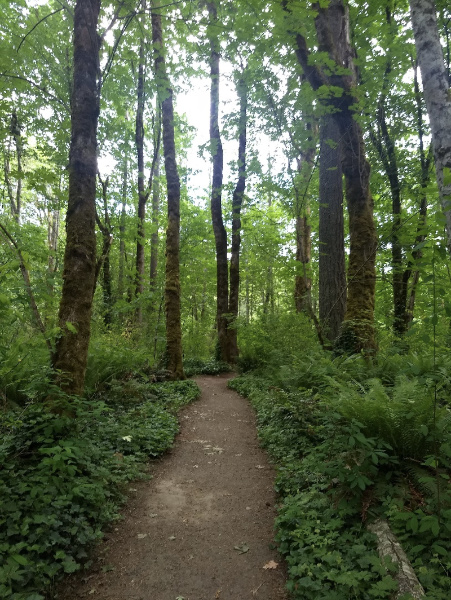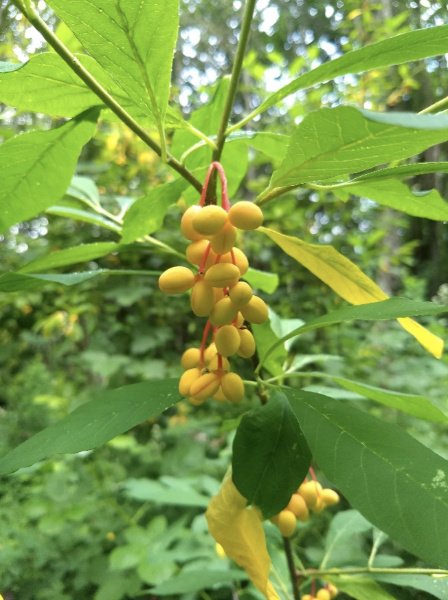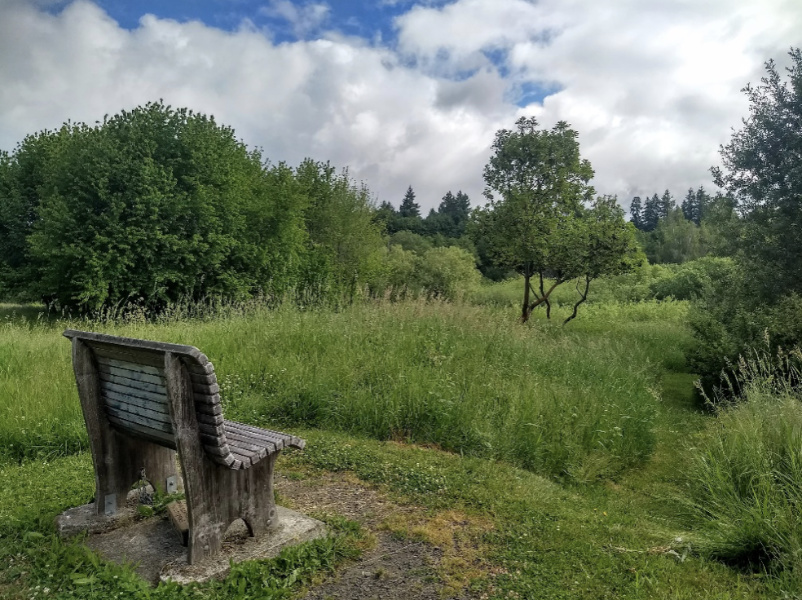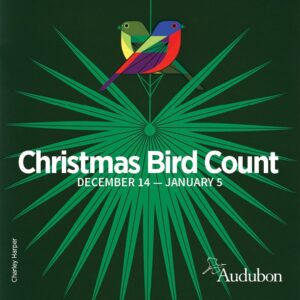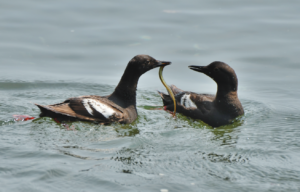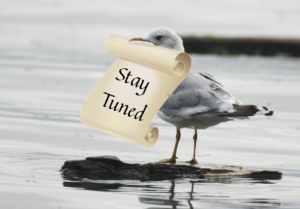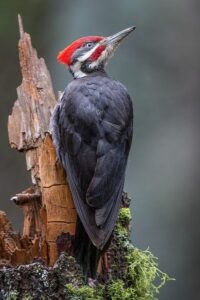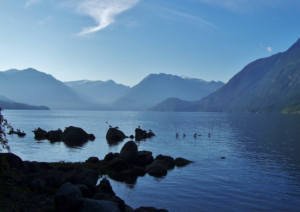Jen DeSelle – May 6, 2021
Map: Mission Creek Nature Park; eBird: Mission Creek Nature Park
Mission Creek Nature Park is a 37 acre city park nestled in northeast Olympia. It encompasses a wide variety of habitats, including wetlands, open grasslands and mixed forests. Douglas fir, big leaf maple, western red cedar, cottonwood, willow and alder trees provide food and shelter for a diverse species of birds throughout the year. Although small in size, this neighborhood park is home to 115 bird species– a hidden gem that few outside of the neighborhood visit.
Mission Creek Park has 6 pedestrian entrances. The easiest one to access for those from outside of the neighborhood is the entrance at 1700 San Francisco St. NE, 3 blocks east of the San Francisco Street Bakery. (Another bonus: starting or ending your walk with a trip to the bakery!) Park along the street and enter the park at the trailhead, where San Francisco St. NE dead ends into Marion St. NE.
For a loop walk, which includes both Mission Creek Park and some neighborhood areas, go right at the bottom of the trail. After passing through an area that is dense with willows, you will come out into open grasslands. Looking to the east, you will see wetlands below and the forest beyond. Scan the tree line for perched raptors and Band-tailed pigeons, often clustered on the tops of conifers. In the wetlands below listen for Marsh Wren, Common Yellowthroat, and Willow Flycatcher. Black-headed Grosbeaks and Purple Finch can often be found singing from nearby treetops. There are a couple of benches along this portion of the trail, one on a hilltop overlooking the park. These are great places to stop to look and listen for birds. Swallows, swifts, eagles, turkey vultures and ospreys can be seen soaring above. This part of the park provides many thickets popular with sparrows. While this time of year the sparrows are thin, in the winter this is a great place to find Golden-crowned, Fox, Lincoln’s, and White-throated sparrows. The huge red-flowering currant bush cluster next to the red farmhouse (at the Lybarger St. entrance) is a great place to sparrow watch. Below the hillside bench there is a cluster of native bushes around a small retention pond. Check out the path that circles the “pond” to look for warblers, kinglets, chickadees and vireos.
To the right of the hillside bench, take the trail down the hill toward the wetland. This is a great place to scan the area. To the right the trail will take you to the McCormick St. entrance. Exit the park here and continue on McCormick St. Go left on Pine St. and continue. Where the road dips down Mission Creek crosses beneath. Stop here to scan the wetlands on both sides of the road. This is a great area for warblers, kinglets, woodpeckers and waxwings. Next go left on Edison St. NE. On the right you will pass a llama farm and Buddhist temple, great properties to scan for birds. Reenter the park at the Edison St. entrance.
Upon reentering the park you are immediately plunged into forest. Big leaf maples dominate, with other native species mixed in. The understory includes salmonberry, thimbleberry, osoberry, bleeding heart, and ferns. Listen for Warbling Vireo, Pacific-slope Flycatcher, and Swainson’s Thrush. Barred owls are occasionally seen along the trail. This corridor is lined with fruit-bearing shrubs and trees, and is a good spot to find fruit-eating birds year round. This year there appears to be a bumper crop of Indian Plum (osoberry), which the waxwings, robins and Swainson’s Thrush are enjoying. Soon you will arrive at the Fir St. entrance. Go left to continue inside the park.
After passing a small meadow (a great place to stop and scan) you enter into dark forest. Keep your eyes peeled for Brown Creepers and Pacific Wren, year-round residents. About 50 feet into the forest you will see a path to the right. This loop goes to the Etheridge St. entrance, but returns to the main trail. Along this loop listen for Black-throated Gray and Wilson’s Warblers, Western Tanager, Golden-crowned Kinglets, Swainson’s Thrush and Pacific-slope Flycatchers.
When you return to the main trail, go right. You will soon come to a boardwalk that crosses Mission Creek. Plentiful snags attract woodpeckers, and this is a great place to come across a mixed-flock. You are now back to the San Francisco St. entrance.
Mission Creek Park has about one mile of gravel paths, which this route follows. There are unimproved dirt paths throughout the park. Feel free to explore, but do respect private property, which borders the park on all sides. The section of trail between Edison and Fir streets is 6 feet wide and allows bicycles, but the other trails are narrower and are for foot traffic only. There are no restroom facilities nor drinking water in the park, so plan accordingly.
BEFORE YOU GO:
Before heading off for a birding adventure, here are some things to consider –
1. It’s always best to have a partner with you – both to maximize the joy and to minimize the risks. BHAS cannot ensure that these locations are totally safe.
2. Don’t forget to bring your mask and hand sanitizer. Have your mask handy and put it on when passing another person not in your party.
3. Leave valuables at home.
4. Check the weather and the bird reports before heading out. An easy way to check what birds have been seen is through Birder’s Dashboard http://birdingwashington.info/dashboard/. It is a simple way to research a species, place, or checklist.


